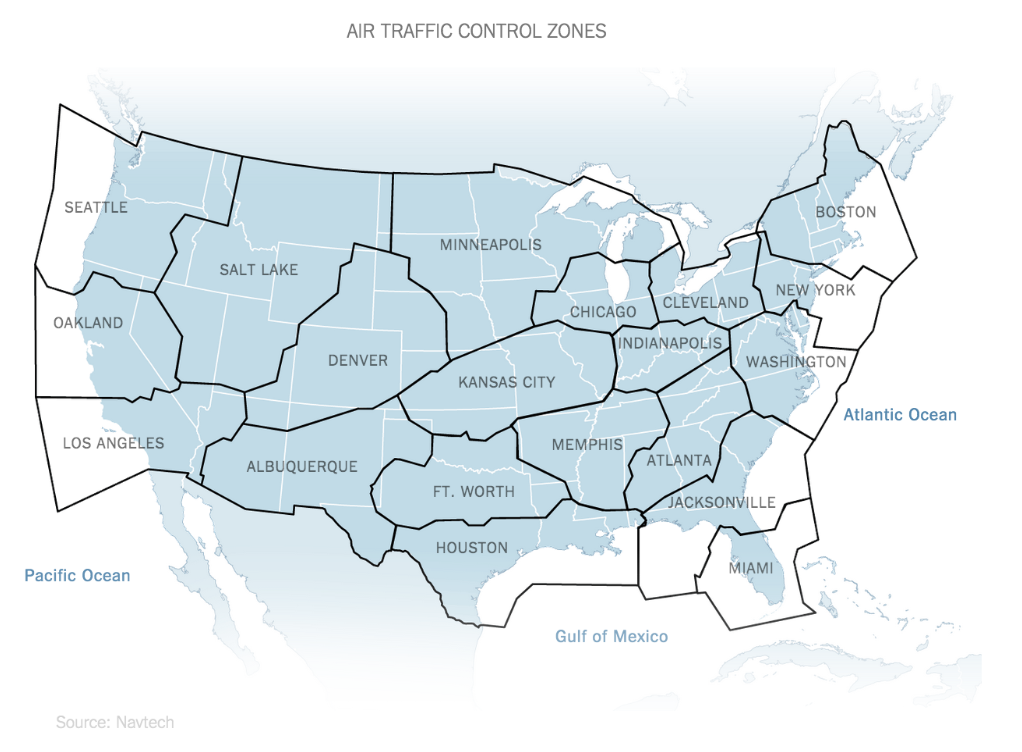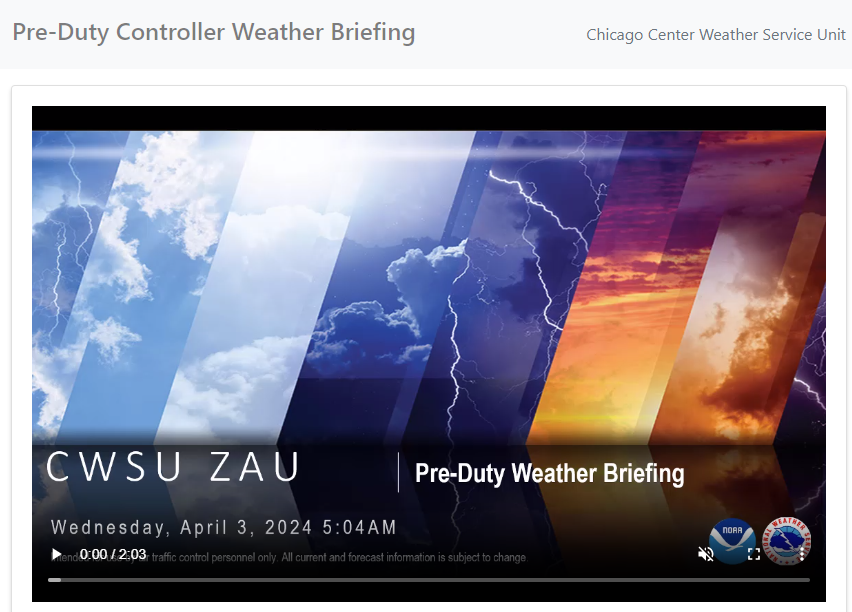A few years ago I went back through a bunch of practical tests I had given and came up with some averages of how many hours people had when they completed practical tests. With a couple more years of tests completed, I figured was time to update the sample size and see where the data falls with more input.
The goal was to answer the question, how many hours does a pilot typically have when they complete a private or commercial pilot certificate and instrument rating? So, I compiled hours for each event from each practical test I have given through the end of 2023 and this is what I found.
Private pilots have an average of 76 hours when they complete their certificate.
While the FAA minimum is 40 hours (less potentially in an FAA-approved 141 program), few actually complete their certification at that low of hours. Most take a few more hours.
I then broke down the difference between those who completed their training in a 141 program versus in more traditional 61 pilot training.
78 Hours were the average for 141 private pilots; and
72 Hours were the average for 61 private pilots
When it came to instrument ratings, the numbers flipped.
Instrument pilots too an average of 141 hours to get to the completion of an instrument rating.
In this case, those who completed their instrument ratings in 141 programs did so on average with significantly fewer hours.
127 Hours were the average for 141 instrument ratings; and
253 Hours were the average for 61 instrument ratings
When it came to initial commercial pilot certifications, the 141 pilots again had feweer hours on average than those who complete their certifications under part 61 training.
320 Hours were the average for 141 initial commercial single-engine certificates; and
382 Hours were the average for 61 initial commercial single-engine certificates
A more specific example related to initial commercial pilot certificates issued for applicants who completed a multi-engine commercial certificate as their initial commercial certification. All but one of my sample size did this in a 141 training program.
Applicants for initial commercial mult-engine certificates did so at an average of 200 total hours of flight time.
This is an example of how 141 programs do shine and end up having the products of their training complete their initial commercial pilot certification at significantly lower hours than the total 250 hours that would be required for pilots who do not complete their training in a 141 program. This allows them to then proceed from this point frequently to an added commercial single-engine certification and on to a CFI certificate after that.
There are a few other points of data here that I collected that may be of some interest, relating to how much PIC time, how much total instrument time, how much simulator time, or even how much overall instruction was received for students on average and broken down between students in 141 versus 61 training programs. Feel free to dig through the data points here and see what you find interesting.
I can’t say that this data is an example of what happens everywhere, but with a general sample size and a variety of locations where I provide tests, I thought it was at least an interesting set of data to share.
You may be reading this and thinking about how you compare to these numbers. Whether you have more or less hours than these average. But in the end, does it really matter?
It isn’t about the hours, it is about when you were proficient and had the knowledge, skills, and risk management abilities to meet the requirements for the particular certificate or rating. Plus, if you are doing the training for a career path goal, they are all hours that count toward that eventual ATP certificate anyway. And that one requires a few more hours on top of these.
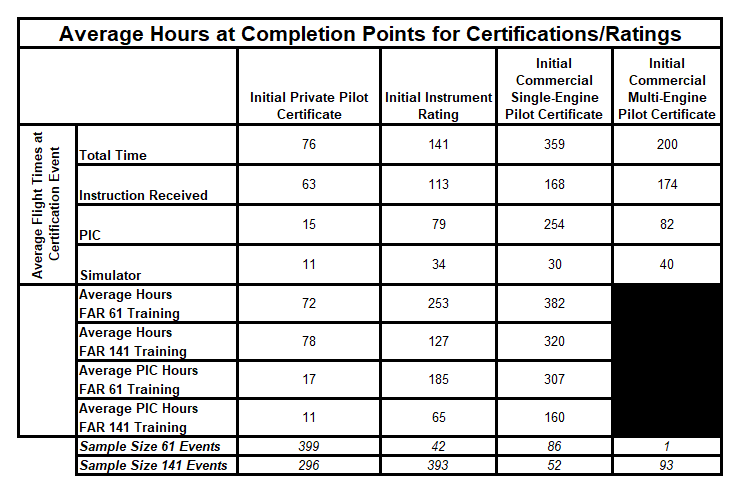




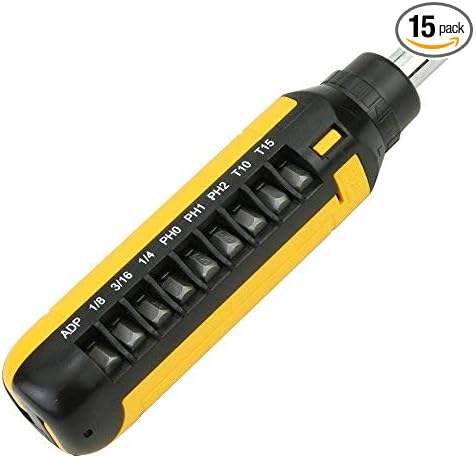
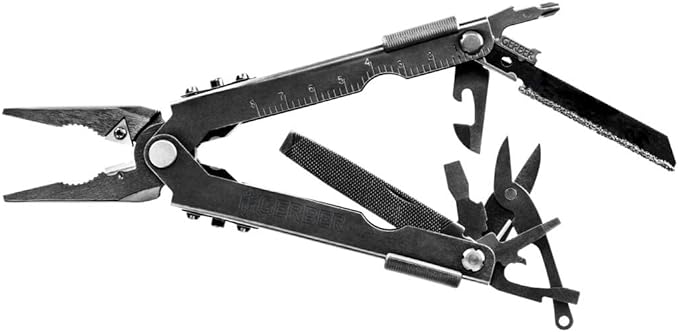
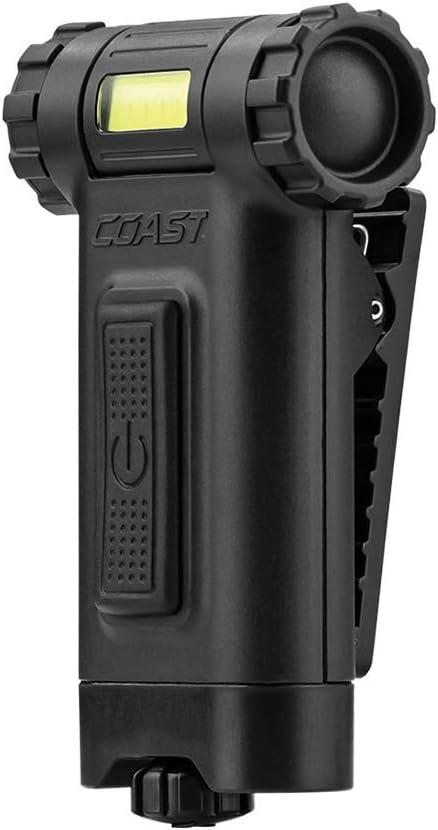

 Another writing tool, but one that is tougher and doesn’t leak ink at all, is a traditional pencil. I like the mechanical one that Rite in the Rain makes that has a durable resing and metal barrel. It is tough. I have dropped it, thrown it to friends, stepped on it, and dragged it around in backpacks and flight bags all over. As long as you have replacement lead for it, it keeps working. It isn’t standard lead you buy with most more engineering-based pencils, it is thicker, so make sure you have the right stuff, but this one is a flight bag staple for me.
Another writing tool, but one that is tougher and doesn’t leak ink at all, is a traditional pencil. I like the mechanical one that Rite in the Rain makes that has a durable resing and metal barrel. It is tough. I have dropped it, thrown it to friends, stepped on it, and dragged it around in backpacks and flight bags all over. As long as you have replacement lead for it, it keeps working. It isn’t standard lead you buy with most more engineering-based pencils, it is thicker, so make sure you have the right stuff, but this one is a flight bag staple for me.

 Catching a late afternoon opportunity to get some clear skies and lower winds, before they are going to ramp up for a few days again, Charlie came home from her annual inspection.
Catching a late afternoon opportunity to get some clear skies and lower winds, before they are going to ramp up for a few days again, Charlie came home from her annual inspection.
